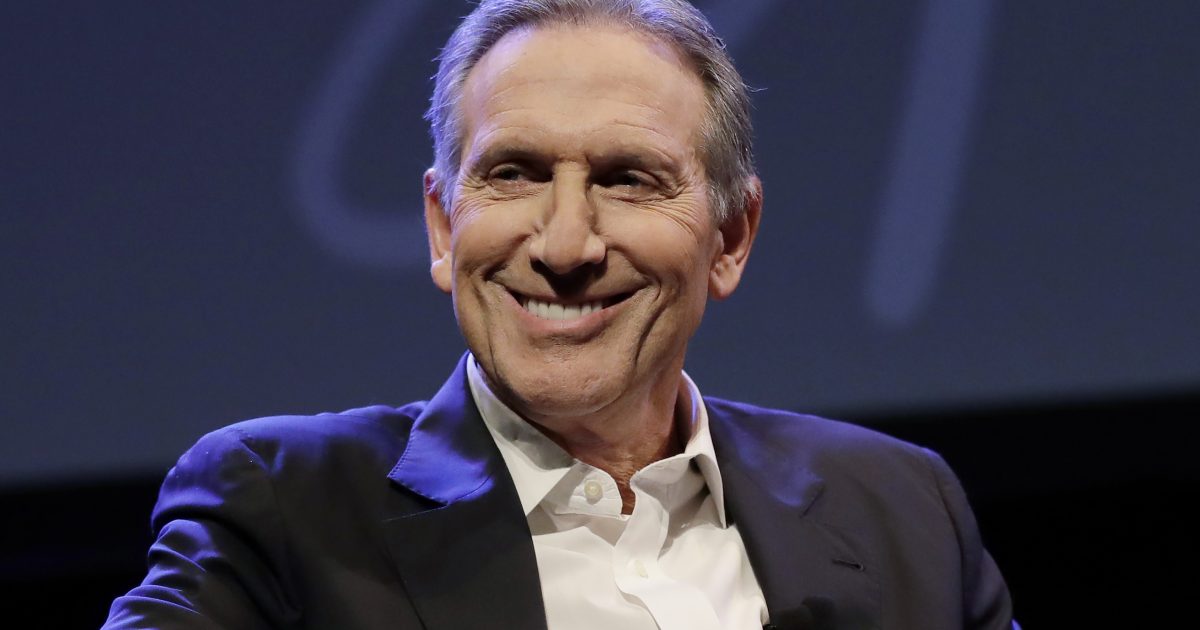
Here’s what happens when a CEO empowers employees a little too much; workers lose respect for the boss, and his words have the potential to fall on deaf ears. Just ask Howard Schulz, CEO of Starbucks, who is dealing with an employee revolt over his request for them to work at the Seattle corporate office.
They won’t do it. They love remotely working in their pajamas and communicating on Zoom so much that the thought of heading back to the cubicle is a nonstarter.
Here’s part of his speech at the New York Times DealBook forum in Washington, D.C.
”I have been unsuccessful, despite everything I’ve tried to do, to get our people back to work. I’ve pleaded with them. I said I’ll get on my knees. I’ll do push-ups. Whatever you want. Come back.”
Not sure why he thought the site of a 69-year-old man doing pushups would be an incentive, and the “get on my knees” line sounded a tad desperate, but you get the point and feel his pain. He’s hired hundreds of people who seem to have the power.
That is a problem at a company like Starbucks because the culture Schultz created relies on groups of employees working together.
“No, they are not coming back at the level I want them to. And, you know, we’re a very collaborative, creative group. I realize I’m an old-school person and this is a different generation.”
Maybe instead of whining, Schultz should consider a different tactic, such as mandating a return to the office for corporate employees, similar to what other, stronger CEOs have done. Schultz has gotten himself in trouble by offering his workers “flexible options for eligible, non-retail roles.”
One thing we’ve learned is that a large percentage of employees in 2022 will try to do all they can to continue working in their kitchen, spare bedroom, or garage.


















Add comment